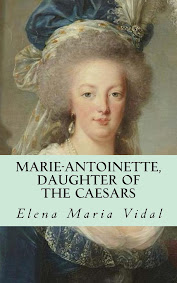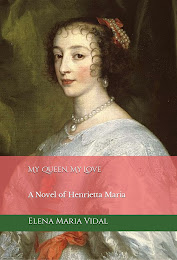From Charles Coulombe:
ShareTo be sure, after the successive victories of Cromwell and William III (who, to no one’s comfort, was an ally of the then-Pope when he defeated King James II at the Battle of the Boyne), Catholic Ireland was subjected to successive injustices. I am certainly proud of Daniel O’Connell, whose work liberated not only his countrymen but his British co-religionists from the worst disabilities they had laboured under. I certainly love the Irish rebel songs. But I know – both being founded by members of the Masonic Order – that the Fenians and the Orange Lodges, despite their mutual hatred had the same grips and countersigns. I know that the agitation for Home Rule ruined the work of men like George Wyndham and Horace Plunkett. I know that DeValera’s overthrow of the 1922 Treaty ensured that the Ulstermen would not trust the South. I know that Frs. Denis Fahey and Edward Cahill were prophetic as regards what would happen to Irish society. I know that both the Provos and the UDA of my childhood and youth – while keen on kneecapping the unarmed, leaving bombs, and murdering single members of the other side – never indulged in pitched battles with each other, unlike the street gangs of LA, whose combats I witnessed growing up. That Sinn Fein was instrumental in convincing the Southern Irish to vote in infanticide and sodomy was bad enough; but then they teamed up with the ministers of the Crown to enforce the former on Ulster. Yet it is weirdly heartwarming to see Orangemen and Nats marching arm-in-arm to oppose immigration.
At any rate, given the heroic self-image Irishmen of every stripe have of their particular histories, modern Ireland presents a pathetic picture. Whereas in most countries, the modern immoralities were imposed upon unwilling countries by judicial or parliamentary fiat (however much their decadent populations may love them now), in Ireland, overwhelming majorities endorsed them. This, of course, is partly due to the perceived and real decadence of the Catholic Church in Ireland, which from 1932 to 1973 held a particular moral sway over the Island, the Irish Constitution of 1937 recognising “the special position of the Holy Catholic Apostolic and Roman Church as the guardian of the Faith professed by the great majority of the citizens.” Of course, even as Frs. Cahill and Fahey predicted, this seemingly secure position was in reality a slippery slope that would one day end where we are. A good barometre of spiritual power in Ireland has historically been the Chapel Royal in Dublin Castle, one time seat of the British Viceroys in Ireland. Built in 1814 as an Anglican edifice, in 1942 it was consecrated as the Catholic Church of the Holy Trinity. Since 1983 it has been a “nonsectarian meditation space,” thus reflecting the religiosity – if we may call it that – of Ireland’s current ruling elites.
Ireland surely presents a desperate picture to-day, to be sure. But much remains. Speaking at the Roundtower Association Conference in Galway last month, commemorating the 100th anniversary of Quas Primas, I was impressed by the people that turned up. These were not merely nostalgics, pining for the days of The Quiet Man. They were resolutely looking to Ireland’s future – a Catholic future. Among the attendees was an Anglo-Irish – and Anglican – college student from Wexford, currently attending university in Dublin. He is being drawn to the Faith, not least because he has a deep understanding of Irish history.(Read more.)

















No comments:
Post a Comment